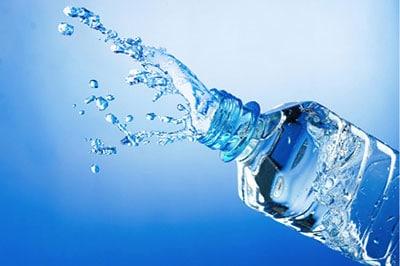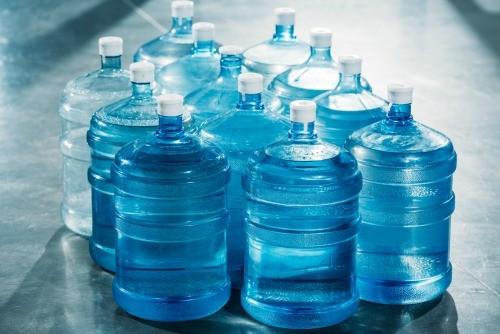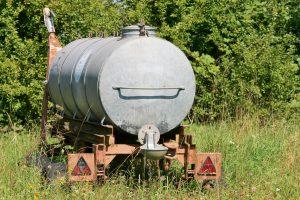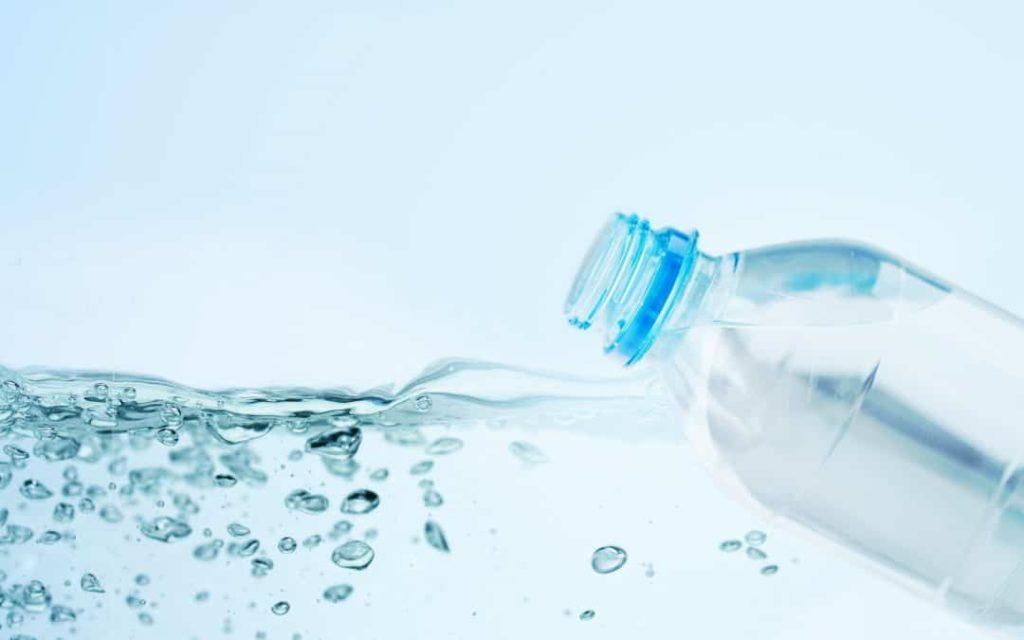The body of a normal human being is approximately 70 percent water. The water content must be maintained within a specific range to support bodily functions. An imbalance may happen if you lose too much fluid. Usually, you’d lose water through sweat, saliva, tears, and urination. Therefore, you’d need to replace such loses.
On average, a human body will need approximately 2-4 liters (0.5 to 1 gallon) of water each day. You’d need even more if you are in intense heat or working in hot conditions. In an emergency, accessing such an amount of water each day could be problematic.
Since a majority of us do not live near potable natural springs, the only option you are left with is to have a means of storing water.

For How Long Should You Store Water?
Are you aware that water has an expiry date? Most of us fail to realize this, but it is the truth. Water reserved in a tank or any storage container can develop problems that can make the water undrinkable or dangerous for drinking.
You may wonder how stored water gets bad since it does not contain sugars or proteins that microorganisms can consume and rot. However, the chemistry of water can change with time. When the stored water is exposed to air, it absorbs carbon dioxide. About 0.1 percent of the CO2 gets converted into carbonic acid.
Some carbonic acid may form bicarbonate as well as carbonate. These chemicals will lower the pH of water. The water becomes slightly acidic with an altered taste. If the water container is sealed, heat may build up inside the container and react with the plastic causing it to release the hormone disruptor bisphenol-A. The contaminated water is not worthy of drinking.
It remains fresh and safe for drinking for long periods by storing the water properly. Generally, we recommend that you swap out your water containers approximately half-yearly. Ensure you wash, sanitize and disinfect your containers in between uses.
Dilute bleach would be a good cleaning agent to use. Also, you can try boiling to disinfect water. Be sure to bring it to a rolling boil for a minute to purify water. Also, seal the water storage container tightly for disease control and prevention in boiled water.
Best Containers for Storing Water
The container you use to store water can determine the quality of the water for later use. The best containers for this purpose are food-grade plastics. You can buy plastic water bottles. However, the cheapest way to reserve water is to reuse plastic soda bottles or even milk jugs. Two-liter bottles work perfectly.
Before you store water in these containers, be sure to clean them thoroughly. Wash and disinfect them with a diluted bleaching agent. The dilution ratio should be one teaspoonful of liquid household bleach for each gallon of water. Avoid using the scented kind of household bleaches to avoid the transfer of the scent to your water.
Once you disinfect and sanitize water storage containers, rinse them with potable water. You can then fill and cap them. Use blank labels to mark the bottles with the date and time of bottling. This will help you track the water for the expiry date.

Dedicated Water Storage Options
Reusable water bottles are great, but you have to think out of the box if you are getting more serious about storing water. A dedicated storage option allows you to reserve tens to even hundreds of gallons of water. Such options are great because you can be water-sufficient so long as you store water well.
Dedicated plastic or stainless steel is ideal for storing large quantities of water. They can range in capacity from as little as 5 gallons to 55 gallons.

Dedicated Plastic Water Storage Option
- The plastic should be food grade and free from bisphenol A (BPA-). BPA is a controversial chemical used in manufacturing plastics, food containers, and most portable food and water containers. Research indicates BPA is potent and can be toxic.
- Stored water exerts a lot of pressure due to its weight. Therefore, the plastic containers should be strong both in structure and in design. The container should be sturdy, durable, and lightweight (for easy portability).
Dedicated Stainless Steel Water Storage Option
- Stainless steel remains the most excellent material for water storage containers. It is sturdy, durable, safe, and rust-proof. The same qualities make stainless steel containers suitable for water storage to cushion you against dehydration in survival emergencies and natural disasters.
- There are different types of stainless steel, most of which are recommended for industrial use. The recommended kind for food and water in stainless steel grade 316. Thus you have to be careful when looking for the stainless steel container to buy to ensure it is of the right type.
WaterBOB
- It may sound interesting, but WaterBOB can be a reliable reservoir for storing water. WaterBOB is a large, sturdy plastic bag. You can throw it into your bathtub when trouble knocks at your door. Just fill it from the tap close its mouth with an airtight access point that you can reseal after drawing. Incredibly, you can save up to 100 gallons of water in your WaterBOB.
How to Preserve Stored Water?
To make sure your stored drinking water stays fresh and tasty for long, you may have to preserve it. Usually, chlorine additives are the preservatives of choice. Chlorine can kill most microbes found in water. You can use granular calcium hypochlorite because it is the best option for disinfecting the water.
Calcium hypochlorite is generally better than household liquid bleach in this regard. This is because the common bleach tends to degrade with time. Therefore, it will not be able to disinfect your water when you need it, putting you at risk.
If your container of choice is plastic, ensure you keep it away from direct sunlight. Luckily, most manufacturers of plastic water containers dull colors that do not let light in. But heat can still accumulate inside the plastic container to cause chaos. So, you have to store the water away from direct sunlight.

FAQs
1. How To Save Water For The Long Term?
Properly reserved and accumulated public-supply water should have an infinite shelf life, but you should replace it after every 6 to 12 months for the most pleasing taste. If the storing water arrives from a private well, spring, or other untested seed, purify it before depository to kill pathogens.
2. How Should The Water Be Stored?
Water should be kept in a cool, dark location and away from rays of sunlight. Sunlight and heat can gradually break down the plastic containers, letting the water with a funny smell and flavor. SO the best way to store water is to keep it in the dark and cold place with a temperature of 50-70 degrees Fahrenheit.
3. What Is The Best Material To Store Water For The Long Term?
Glass is superior in the reusable water bottle variety. It is the most appropriate method to store liquids for several explanations. Water in glass bottles isn’t impacted by any taste from the container, providing it a “purity of taste” advantage when analogized to plastic bottles and other opportunities.
4. Why Are Plastic Bottles Used For Water Storage?
Glass bottles aren’t safe due to the fear that they may break down and all the reserves may fade. Plastic bottles are the best option because they are on the safest side of storing water for a long time.
5. How Long Till Water Last In Plastic Bottles?
The U.S. FDA does not restrain the bottled water initiative and does not provide shelf life for bottled water. Bottled water can be used without any fear if stored appropriately, but we instruct no more than 2 years to store non-carbonated water and only 1 year for sparkling water.
6. What Is Distillation?
Distillation removes microbes (germs), as well as heavy metals, salts, and most other chemicals. It involves boiling water and then a collection of only the vapor that condenses.
Conclusion
Water is critical, especially in a survival situation. Lacking water for just a couple of hours could have devastating health effects on your body. It’s good you have learned everything to do with storing water. Whether you choose plastic soda bottles or milk jugs or you prefer dedicated water storage options, just ensure you have enough water for any emergency. Keep in mind that stored water can go bad. Therefore, put things in place to ensure you disinfect it if it must maintain its taste and freshness.
